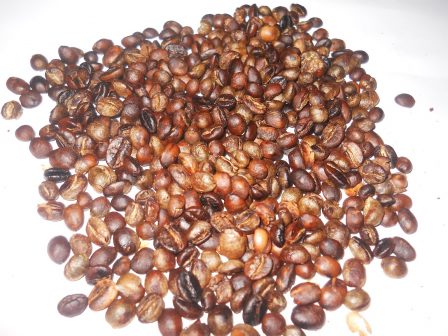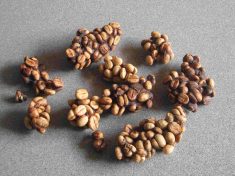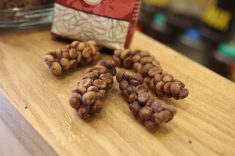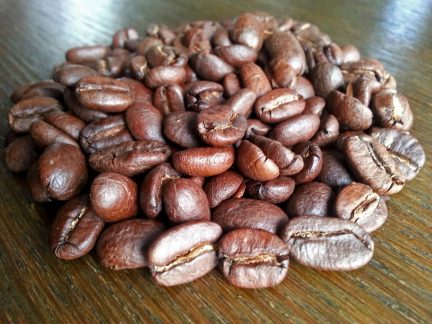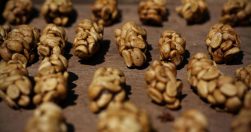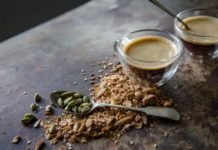What distinguishes Luwak coffee from an ordinary drink, only gourmets and true connoisseurs know. Meanwhile, its cost is high due to the unusual method of production. Interesting details about this variety of coffee and recipes for making a fragrant drink read in this article.
Material Content:
Luwak coffee - what is it?
This type of coffee has less caffeine. All other properties of coffee are the same as with a regular drink.
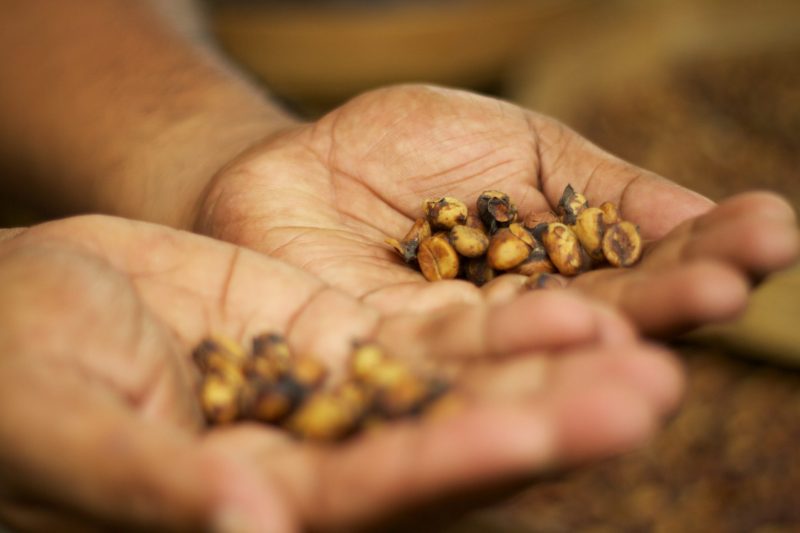
Its use can be useful in the following cases:
- with Parkinson's disease;
- as a prevention of breast cancer;
- to stimulate nervous activity.
In addition, the drink has a diuretic effect.
Experts say that four cups of coffee a day prolong life.
Luwak coffee is sold in wooden boxes and packaged in 100 g per package, because this product is rare and exclusive.
- The original packaging must be in English and Indonesian. It is advisable to look at the date of frying when buying - the closer it is to the time of purchase, the better.
- In the right packaging there is a valve that allows the coffee to “breathe”. If you press on the bag, you can hear a pleasant coffee smell. Store coffee in a sealed bag.
It is undesirable to add sugar, milk and cream during the preparation of Luwak coffee, so as not to lose the uniqueness of taste sensations. Its taste differs from the usual, it feels “fruitiness” and a pleasant chocolate aftertaste. If you add sugar, you get a caramel-chocolate-honey flavor.
The most expensive excrement coffee - myth or truth
Indonesia is the only place on Earth where civet animals (or musangs) live in nature, from whose feces they make Luwak coffee.Coffee - these are berries that animals with pleasure eat, partially digest and return to nature in a natural way. Grains so fermented are sent for further processing.
The story of the appearance of this coffee is as follows. The slaves who worked in Indonesia on coffee plantations could not afford to drink coffee because it was very expensive. But once they noticed grains on the ground in the excrement of civet. These fruits were washed, roasted and made of them aromatic coffee.
In the stomach of civet, coffee beans undergo a special treatment. Under the influence of gastric juice, proteins are broken down, which give bitterness to coffee, and also the digestive tract bacteria and the excretion of special glands of the animal affect grains.
How do Luwak coffee today
They make Luwak coffee (or Luwak mine) on special farms on an industrial scale. Production is in Vietnam, Indonesia, South India, and the Philippines.
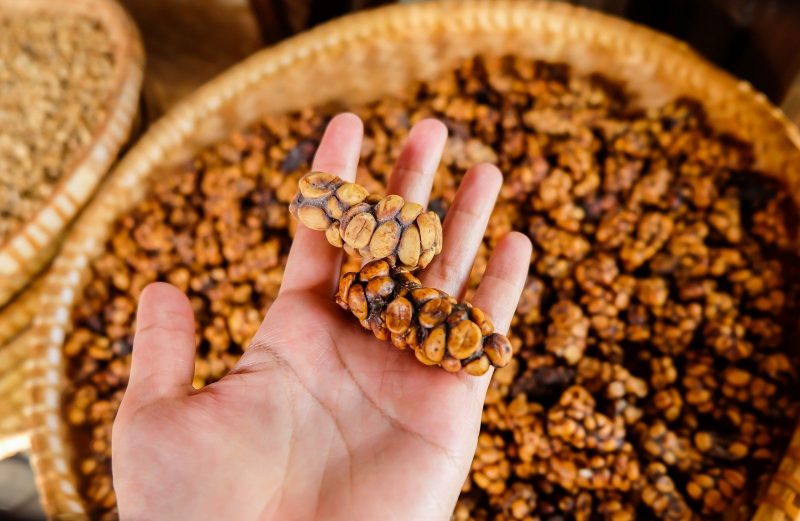
Where civet live in the wild, they collect raw materials for coffee directly in the thickets of coffee trees.
This primitive process consists in the fact that musangas, having eaten the fruits of a ripe coffee tree, digest the flesh surrounding the coffee beans and evacuate from the intestines everything that remains unnecessary for their body. The excrement of the beast is collected by people, washed and dried in the sun.
Detailed farm production process
On the farms, musanga is given ripe Arabica coffee beans. They bite the flesh with their teeth, swallow the bones, and spit out the skin. After six hours, the mixture of grains and fruits, passing through the digestive tract of the animal turns into valuable excrement.
There are two main changes in the animal’s stomach with coffee:
- sugar from dried fruits goes inside the grains and makes them sweeter;
- only 1% of caffeine from the initial 3% remains in coffee, since addict animals absorb most of it, making processed grains more “soft”, suitable for use even by people with a sick heart.
Of all varieties of coffee, Luwak is the safest for the heart and liver.
- The animal feces collected are dried for six months in a dry and cool place.
- Then the coffee from the feces is washed with hot water and dry coffee beans are obtained in husks.
- Each grain is manually exempted from the dry skin, in which it traveled through the stomach of the beast and underwent chemical changes.
- After cleaning the membrane, the grain is sent for polishing with water coming at a temperature of 40 ° C and a pressure of 2 atmospheres. Coffee becomes smooth, clean and roasted.
- At 180 ° C, coffee bean grows in size, acquires a beautiful dark chocolate color, essential oil comes out of the kernel, taste and aroma appear.
Red plaque on finished grains is a substance called civet, which produces the animal’s pancreas. Penetrating inside the coffee, it neutralized the acid and now, no matter how hard the brew is brewed, it will not reduce the cheekbones.
Common Beverage Varieties
The famous grade Kopi Luwak Wild is 100% elite arabica. Raw materials for its preparation are collected in vivo.
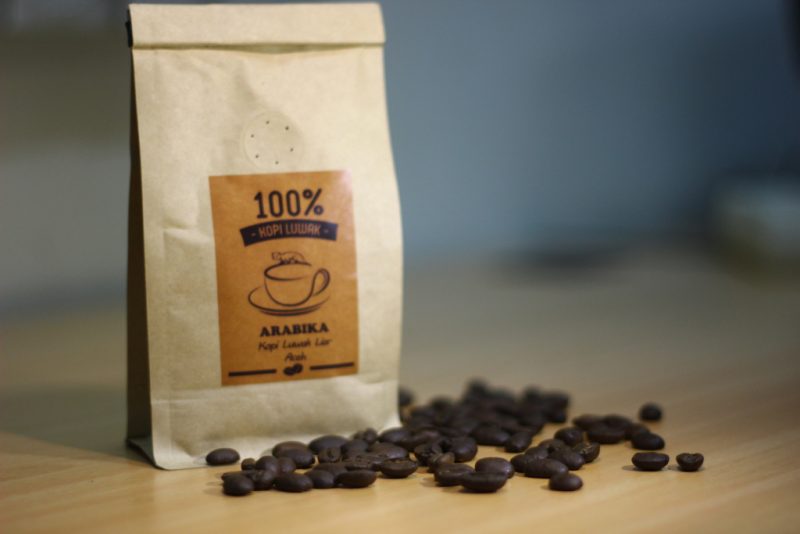
Varieties of Luwak coffee are distinguished by country of origin. There are no brands and blends of this drink, only monosorts produced in a particular country - Vietnam, Indonesia, the Philippines, etc. Coffee can be sold in beans or ground.
Estimated prices for Luwak coffee
This type of coffee is considered the most expensive in the world. The cost of 1 kg starts at 250 and reaches up to 1200 dollars. The cheapest drink is sold on farms where civet is kept, and they are engaged in the production of coffee on an industrial scale.
There is little quality coffee sold in Europe and the CIS countries, and the price of a pack of a drink weighing 100 g reaches $ 100.
How to brew Vietnamese coffee
Recommended ways to prepare a drink is a French press and cooking in a Turk. The Luwak Vietnamese coffee deserves the most praise.
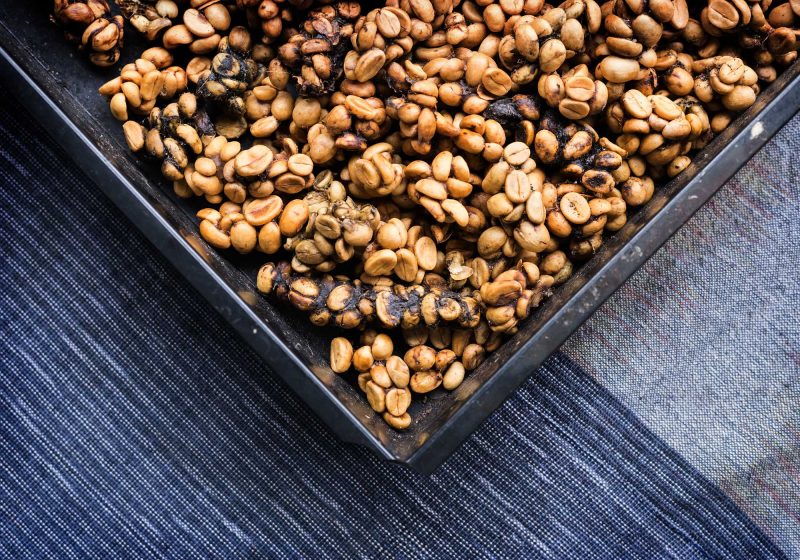
To make coffee in the Vietnamese way you will need:
- clear glass;
- press filter;
- kettle with boiling water;
- ground coffee.
Process description:
- The press filter consists of a cover, an iron sieve, a glass and a press.
- Before cooking, the filter is installed on top of the glass, and heated with boiling water, which is then drained.
- Pour into the filter glass 2 tsp. ground coffee, then level it, shaking the glass, and compacted with a press, scrolling the latter clockwise.
- At the bottom of the filter glass, pour a little boiling water so that the coffee is steamed and warmed up.
- After 15 seconds fill the filter glass and close the lid.
- When coffee flows in a trickle, it means that it was badly compressed. If it does not drip, they are compressed too much.
- You need to wait a bit until coffee drops fill a glass cup.
- Sugar can be put at the end or beginning of the process, it does not play a special role.
The coffee is strong, “buttery” and aromatic, and the preparation process does not take much time.
At home, Vietnamese coffee is also prepared in Turk. To add sugar or not depends on personal preference.
Classic way of cooking:
- Turku is heated on fire.
- Pour into it 2 tsp. ground coffee. Sugar is added to taste.
- The contents of the turkey are warmed for several seconds and 150 ml of room temperature water are added.
- Cook over low heat, and when the foam appears, the drink is removed from the stove and allowed to cool slightly.
- Repeat the procedure several times, avoiding strong boiling so that the aroma does not disappear.
- Pour coffee into cups.
On the surface of a properly prepared drink should be foam.
Many people try Luwak coffee with caution, learning how to make it. And especially impressionable coffee lovers grin squeamishly. However, according to reviews, the drink is simply unique and with excellent taste.


